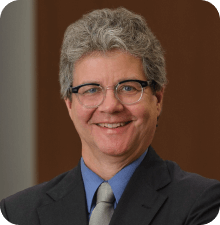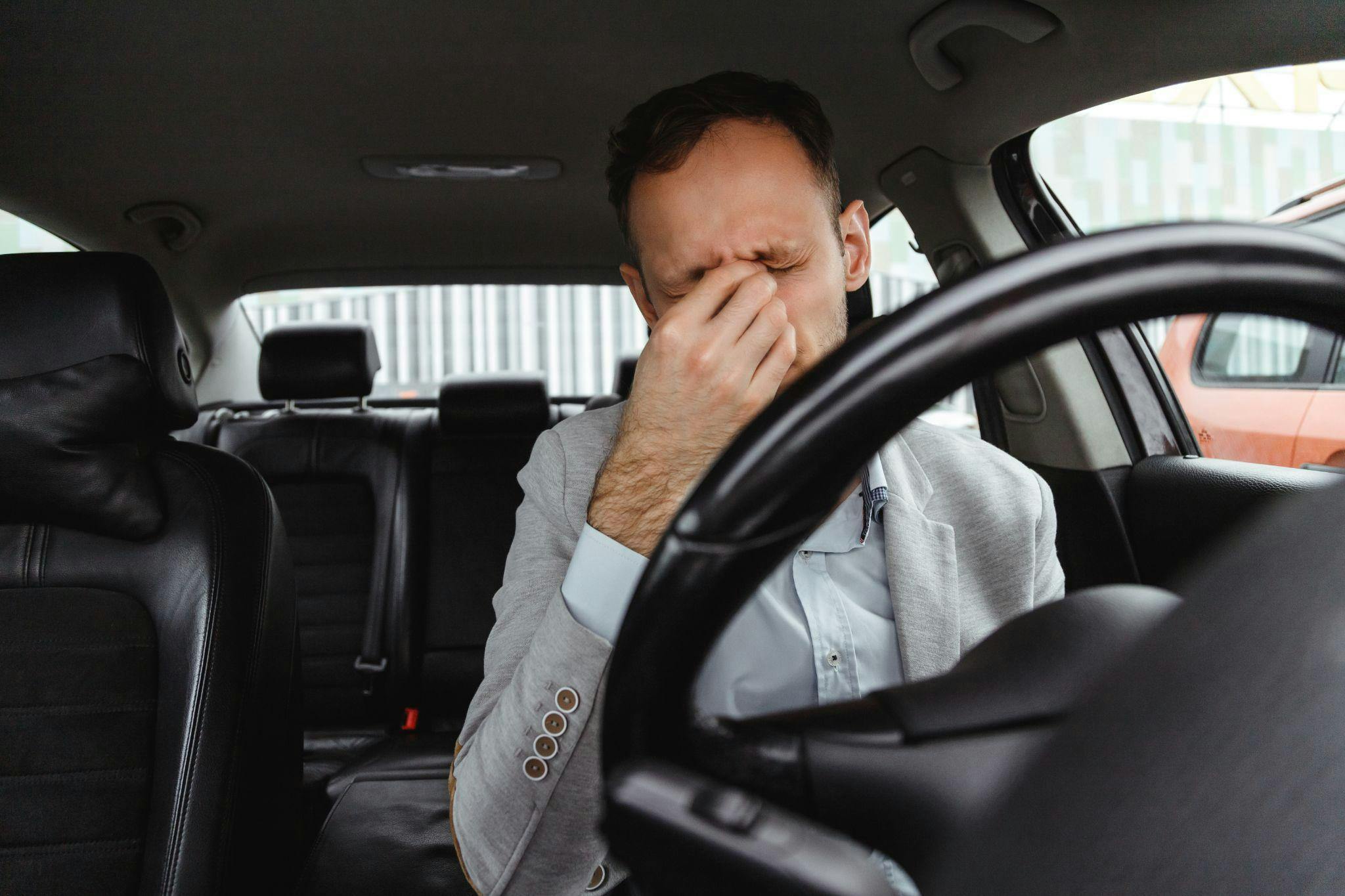Let’s drive home message of distracted driving’s dangers
A movement is underway nationwide to increase awareness of distracted driving and eventually make it illegal to talk on a cellphone while driving.
In Minnesota, Lakeville attorney Art Kosieradzki hopes to make students so aware of the dangers of distracted driving that they’ll organize a campaign against it, just as a group of students did decades ago when they formed Students Against Driving Drunk.
Student groups in Lakeville’s North and South high schools are meeting monthly to raise student awareness of distracted driving’s consequences. The Lakeville Police Department also is involved.
Kosieradzki brought the distracted driving message home to Lakeville students last year when he had them hear from parents who lost their son instantly one summer day in 2013.
Monticello High School graduate Phillip LaVallee, 19, was an accomplished cross-country runner and track star attending South Dakota State University on a sports scholarship. He was running on the side of a county road in Otsego Aug. 8, 2013, when a van crossed the center line of the road and hit him from behind.
“Just like that he was gone,” his mother, Amy LaVallee, told the hushed group of health class students. “Losing a child is the worst thing you can go through.”
The driver, an Albertville woman, has been charged with criminal vehicular homicide. Investigators said they found no skid marks on the road and phone records reportedly show the driver received a call at the time of the accident.
Amy and Greg LaVallee have told their story about the loss of their son to students at Monticello High School. They also hope to talk about the dangers of distracted driving to students in neighboring high schools.
Greg LaVallee hopes this effort to increase awareness of distracted driving will cause the Minnesota Legislature to ban talking on a cellphone while driving. He’s found that legislators are reluctant to do it because they believe there is not enough support for it.
Kosieradzki and his law firm, SiebenCarey, are preparing a “No Distracted Driving” petition for students to sign, with a special effort in April, which is Distracted Driving Awareness Month.
Kosieradzki told Thisweek Newspapers reporter Laura Adelmann that distracted driving isn’t just about cellphone use. It includes eating, grooming, drinking, smoking, adjusting the radio and reaching for objects in the car.
The movement to stop distracted driving has gone national, thanks to the leadership of Joel Feldman, who lost his daughter Casey, 21, a Pennsylvania native, in an accident in New Jersey involving a distracted driver.
Already 225,000 people from 41 states are mobilizing to bring about stricter penalties for distracted driving, according to End Distracted Driving. The Minnesota Office of Traffic Safety reported in 2014 that distracted driving is responsible for at least 70 deaths and 350 serious injuries a year in the state. According to the National Safety Council, 22 percent of traffic accidents are caused by distracted drivers.
Talking and driving both demand thought, and some research is showing that a driver talking on the phone delays braking and has difficulty seeing traffic. The National Safety Transportation Board seeks to ban all use of mobile devices, including use of hands-free devices, by drivers.
Amy LaVallee is hoping the Minnesota Legislature will pass legislation requiring stricter penalties for those distracted drivers who cause accidents, just as it did for drunken drivers, such as losing their license.














